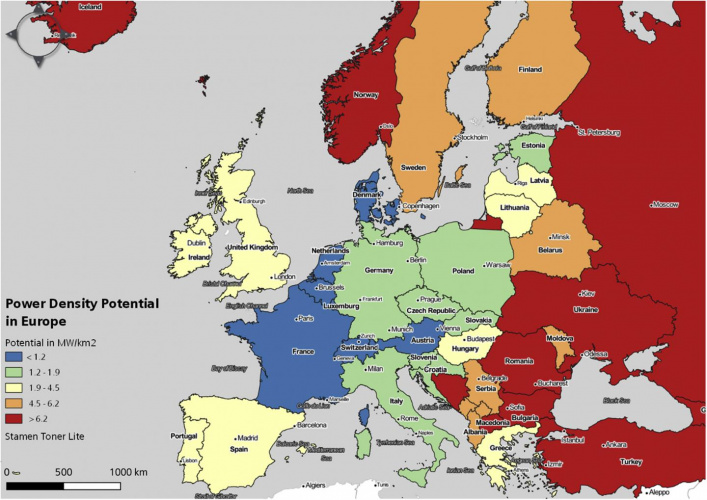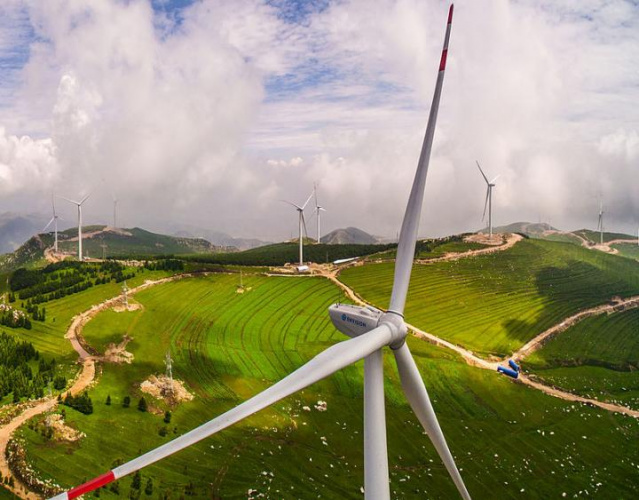
Conducted by researchers from the universities of Sussex and Aarhus, the study used spatial analysis of Geographical Information System (GIS)-based wind atlases. The advanced sub-national GIS data enabled the team to include a wide range of exclusionary factors such as houses, roads and areas restricted for military or political reasons. They determined that around 46 per cent of Europe’s landmass is theoretically suitable for onshore wind turbines. The results are published in Energy Policy.
"The study is not a blueprint for development but a guide for policymakers indicating the potential of how much more can be done and where the prime opportunities exist,” said study co-author Benjamin Sovacool, professor of Energy Policy at the University of Sussex.
"Our study suggests that the horizon is bright for the onshore wind sector and that European aspirations for a 100 per cent renewable energy grid are within our collective grasp technologically. Obviously, we are not saying that we should install turbines in all the identified sites but the study does show the huge wind power potential right across Europe which needs to be harnessed if we're to avert a climate catastrophe."

The research found that if all of Europe's potential sites for onshore wind farms were utilised, the installed nameplate capacity would be 52.5TW. This would involve more than 11 million turbines positioned across around five million square kilometres of land, generating 497 exajoules (EJ) of power. Global energy demand in 2050 is estimated to be around 430 EJ. According to the researchers, the countries with the biggest untapped resources are Norway, Russia and Turkey, although large parts of western Europe also have major potential due to their high wind speeds and flat landscapes.
"Critics will no doubt argue that the naturally intermittent supply of wind makes onshore wind energy unsuitable to meet the global demand,” said Peter Enevoldsen, assistant professor at Aarhus University’s Centre for Energy Technologies.
"But even without accounting for developments in wind turbine technology in the upcoming decades, onshore wind power is the cheapest mature source of renewable energy, and utilising the different wind regions in Europe is the key to meet the demand for a 100 per cent renewable and fully decarbonised energy system."




Glasgow trial explores AR cues for autonomous road safety
They've ploughed into a few vulnerable road users in the past. Making that less likely will make it spectacularly easy to stop the traffic for...